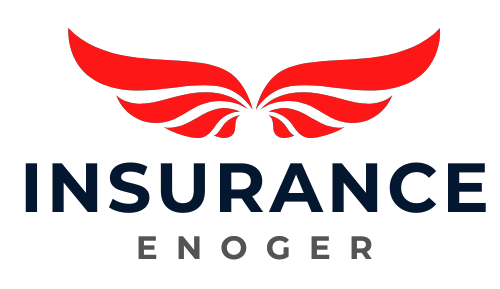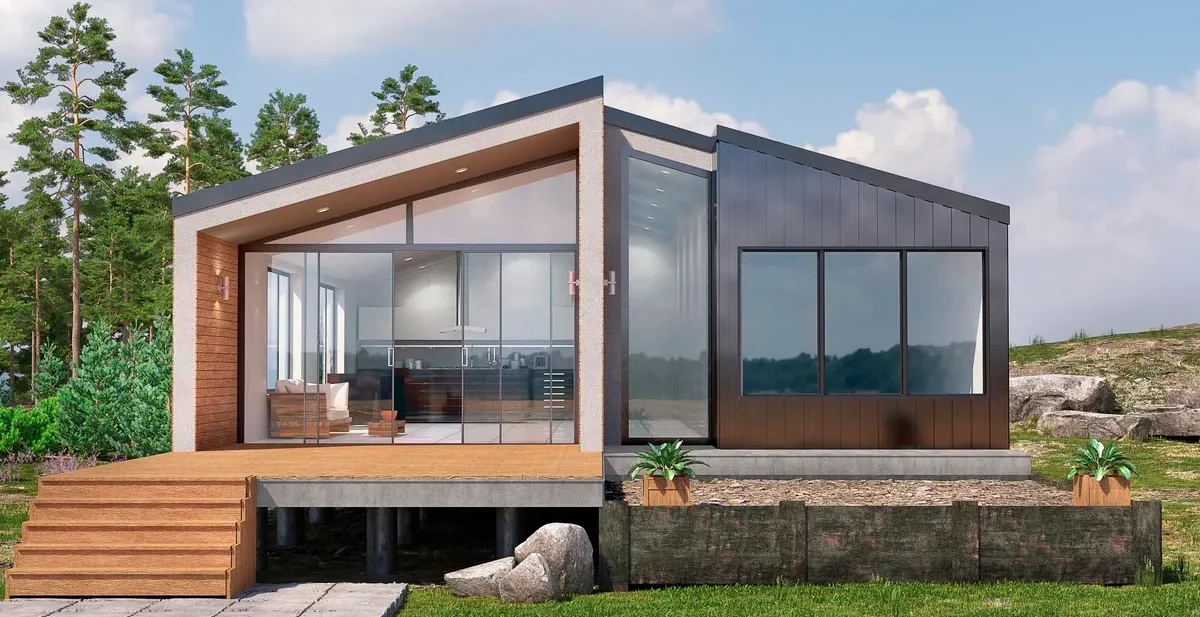Prefabricated homes, also known as modular homes, have gained popularity for their affordability, efficiency, and modern design options. However, just like traditional homes, prefabricated homes require adequate insurance coverage to protect homeowners from potential risks and financial losses. Understanding the essential insurance coverage options for prefabricated homes can help homeowners make informed decisions and ensure their investment is well-protected.
Why Prefabricated Homes Need Specific Insurance
Prefabricated homes are constructed differently from traditional homes, which means they face unique risks and considerations. For instance, the transportation and assembly process can introduce vulnerabilities that aren’t typically present in site-built homes. Additionally, the materials and construction methods used in prefabricated homes may affect their susceptibility to certain types of damage. As a result, it’s crucial for homeowners to secure insurance policies tailored to the specific needs of prefabricated homes.
Key Insurance Coverage Options
Dwelling Coverage
Dwelling coverage is the foundation of any home insurance policy. It protects the physical structure of your prefabricated home, including walls, roof, and attached structures such as garages or decks. In the event of damage from covered perils like fire, windstorms, or vandalism, dwelling coverage can help pay for repairs or rebuilding costs.
When selecting dwelling coverage, it’s important to ensure that the coverage limit accurately reflects the replacement cost of your prefabricated home. This means considering the cost to rebuild your home with similar materials and construction methods, rather than just the market value.
Personal Property Coverage
Personal property coverage protects your belongings inside the prefabricated home. This includes furniture, electronics, clothing, and other personal items. If your possessions are damaged or stolen due to covered events such as theft, fire, or natural disasters, personal property coverage can help reimburse you for the loss.
Homeowners should take an inventory of their personal belongings and estimate their total value to determine an appropriate coverage limit. Additionally, consider whether you need replacement cost coverage (which reimburses the full cost of replacing items) or actual cash value coverage (which takes depreciation into account).
Liability Coverage
Liability coverage is essential for protecting homeowners from financial losses if someone is injured on their property or if they are found legally responsible for causing damage to someone else’s property. For instance, if a visitor slips and falls on your property, liability coverage can help pay for medical expenses and legal fees.
Given the potential costs of legal claims, it’s advisable to have sufficient liability coverage. Standard policies typically offer coverage limits starting at $100,000, but higher limits may be necessary depending on your assets and risk exposure.
Additional Living Expenses (ALE) Coverage
If your prefabricated home becomes uninhabitable due to a covered peril, additional living expenses (ALE) coverage can help pay for temporary housing and other related costs. This may include hotel stays, restaurant meals, and other expenses incurred while your home is being repaired or rebuilt.
ALE coverage ensures that you can maintain your standard of living even if you’re temporarily displaced from your home. It’s important to review the policy’s limits and duration of coverage to understand the extent of protection provided.
Natural Disaster Coverage
Prefabricated homes may be particularly vulnerable to certain natural disasters, depending on their location and construction. Standard home insurance policies typically cover common perils such as fire and windstorms, but may exclude others like floods or earthquakes.
Homeowners should assess their risk for specific natural disasters and consider purchasing additional coverage if needed. For example, flood insurance can be obtained through the National Flood Insurance Program (NFIP) or private insurers, while earthquake insurance may be available as an endorsement to your existing policy.
Transportation and Assembly Coverage
One unique aspect of prefabricated homes is the need for transportation from the factory to the home site and subsequent assembly. Insurance policies for prefabricated homes should address potential risks during this phase, including damage that may occur during transit or while the home is being set up.
Some insurance providers offer specific coverage for the transportation and assembly period, ensuring that your home is protected from the moment it leaves the factory until it’s fully installed on your property.

Choosing the Right Insurance Provider
Selecting an insurance provider that understands the nuances of prefabricated homes is crucial. Not all insurers offer policies tailored to the specific needs of these homes, so it’s important to do your research and compare options. Look for providers with experience in insuring prefabricated homes and consider seeking recommendations from other homeowners or industry professionals.
Insuring a prefabricated home involves understanding the unique risks and securing comprehensive coverage to protect your investment. By considering essential coverage options such as dwelling, personal property, liability, additional living expenses, natural disaster, and transportation and assembly coverage, homeowners can ensure they have robust protection in place. Taking the time to assess your needs and choose the right insurance provider will provide peace of mind and financial security for your prefabricated home.





